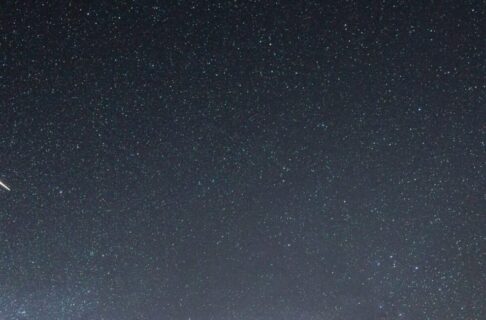Posted on: Tuesday March 14, 2017
Although summer may feel like it’s a long time from now, it’s not too early to start planning for at least one summer blockbuster event. On Monday, August 21, 2017, the moon will pass in front of the sun, causing a solar eclipse which will be seen all across North America. For a narrow line which runs across the central United States, the eclipse will be total: the moon will completely cover the bright part of the sun, providing a couple of minutes of the most amazing sight nature has to offer on this planet. For the rest of the continent, the eclipse is partial: the moon covers up only a part of the sun – still interesting and amazing, but not the show-stopper that a total eclipse is.
If you want to travel to the center line to see totality, you’d better plan on doing some driving. The path is about 10 hours south of Winnipeg at its nearest, assuming you drive. Flying cuts this time somewhat, but you’ll still need a vehicle the day of the eclipse, because all of the hotels along the path of totality have been booked for several years. This is the first total solar eclipse that has crossed North America since 1991, so folks have been planning for quite a while for this event. At this point you’re looking at staying a few hours away and then driving to the center line the morning of the event. Although this might seem inconvenient, it does provide you with the flexibility to travel based on the weather. Clear skies = beautiful view of total eclipse; cloudy skies = nothing to see.
Over the coming months, we’ll provide more details on the eclipse event itself, including what local viewing options there are and how you can see the eclipse safely yourself. The Planetarium is not running a tour for this event, but we will be hosting programming and viewing of the eclipse from Winnipeg, where the sun will be 70% eclipsed. The Planetarium and Science Gallery will be running eclipse programming starting in July, so by eclipse day you’ll be well-prepared no matter where you choose to observe from.
The view of a total solar eclipse is well worth some travel. I saw the last one visible from Manitoba, on February 26th, 1979, and it was so inspiring that it set the course of my life in astronomy and science education. If you do decide to include the eclipse in this summer’s travel plans, check out eclipsophile.com’s great page on the event. Put together by veteran eclipse chaser and meteorologist Jay Anderson and astronomer (and former Winnipegger) Jennifer West, this site is full of the details you need to decide where to observe the Great North American Eclipse.






